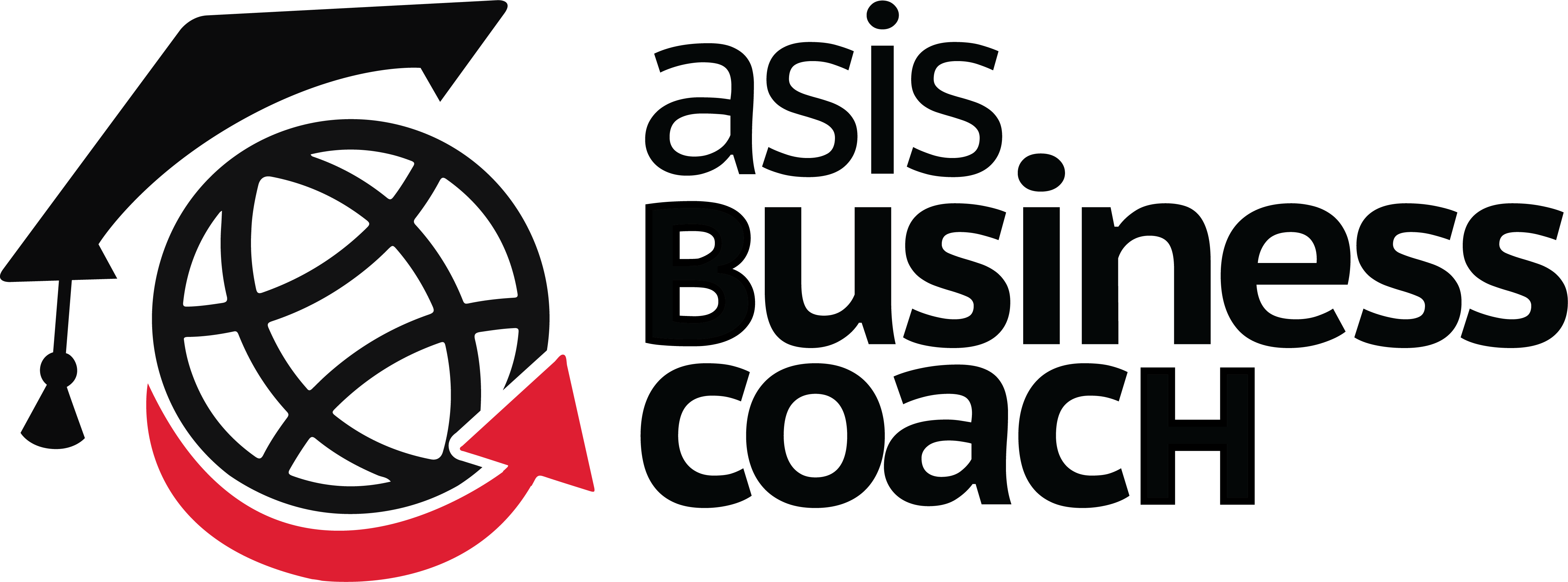The podcast producer was anxious that I had sight of the questions before the interviewer began, not wishing to waste time.
“You don’t seem too nervous,” she said as she started the countdown.
“I can’t see what good that would do,” I replied. “After all, this is supposed to be about my experience in helping businesses dig out unrealised profits – it’s what I do for a living!”
“What’s the biggest mistake entrepreneurs make when they are starting off?,” the interviewer began. He wasn’t expecting the answer I gave.
“Failure to sort out their end game,” I replied.
I have to admit – this was not an original thought. The famous Stephen Covey says that all success starts in one place – the Mind. He calls it “beginning with the end in Mind”, having a clear vision of what you want, before you begin, just like construction of a new building needs to follow a blueprint. At ASIS Business Coach, we call this having an “Exit Strategy”.
I also have to admit that as a young entrepreneur (a hundred or more years ago) getting out of the business was the last thing on my mind. Feeding my family and finding some freedom while doing so was far more important. I was prepared to “follow events” and work hard, day by day and week by week, to pay the bills.
In my first business, which turned out to be very successful by the time of the Exit, I started in the basement office of a friend who only wanted payment in Friday afternoon glasses of wine. I had been made redundant after an uncomfortable failure by my employer and never again wanted to be at someone else’s mercy. At the end of each week I counted the revenue, subtracted the costs, and if there was a little spare I would buy a big pizza to share with my landlord, along with the wine. Making millions seemed a distant and vague hope; avoiding the debt collectors was closer to front of mind than anything else.
What I didn’t understand then, but certainly do now, is that businesses seem to go through five distinct phases of growth:
Step 1: The Creation Phase. This is where you’re beginning as an unknown, trying to research a viable niche or approach, developing a prototype of your product or service and then launching it – full of hope. What surprises me is that often, even longer standing businesses haven’t taken the time to put together a solid business model or research deeply enough their niche market. Until an entrepreneur does this, the chances of transforming the business into a profit-producing asset is significantly hindered.
Step 2: The ‘Chaos’ or Disorder Phase. We all seem to have to go through this phase. It’s when the bloody-battle of becoming cash flow positive takes over all thinking. Counter-intuitively, its where you have to invest – and sometimes quite heavily – in marketing and other high impact growth strategies. Your goal is to create effective marketing systems and build enough brand awareness to capture as much market share as possible in the quickest possible time.
It’s a sad fact, but only a minority of businesses ever get past this phase. The UK Department of Business Enterprise and Industrial Strategy says the reason for this is that too many embryonic businesses don’t have a plan, haven’t got their pricing right (often selling too cheaply) and not seeking help (from a business coach, for example), early enough.
Step 3: The Control Phase: This is where you start to convert cash flow into profit by stabilising and organising your operations, measuring your well-chosen metrics and fine-tuning and adjusting your business model. This step is all about systems. As my own business coach reminded me just the other week: Systems run businesses; People run systems; You lead your people; People need a purpose.
Step 4: The Prosperity Phase: Your goal here is to solidify a position of dominance in your niche market by economising and optimising efficiencies. This will allow you to invest in growth and to repay debt. It’s when you reach this point, you can start to enjoy the fruits of your hard work.
Step 5: The Freedom Phase: This is your final act. It’s at this stage you effectively need to ‘reproduce yourself’, develop a strong core of leaders around you who will continue to grow the business through partnerships, joint ventures and acquisitions. It’s at this time that you can experience that freedom which you have always wanted – freedom from financial anxiety, freedom of having more time to spend in the way you want to – because now you have free cash flow.
I sold my first business to a much larger corporation. By the time I had reached the Freedom phase I could see that it was time to cash in on the hard work of ten years, look for new challenges and spend some time on my boat. My second business I sold too early – probably at the Control phase – and that proved to be a mistake. When I look back, the price I got for it would have been much greater had I taken it through to Phase 5.
My third business – I acquired an existing operation – I turned around far more quickly and also got out at Phase 5. I had the exit clearly in mind before I bought it, and that made all the difference.
I’ve also owned businesses where getting out of the Chaos Phase has proven to be more difficult. But once I got my vision set on the Exit, things started to move in the right direction. I knew what I wanted to do and, as Covey predicted, it started to happen.
One of the consequences of the Covid period is that many businesses I have come across have dropped from the Control Phase back into the Chaos Phase – but with a bit more experience. Nonetheless, they need to put in a Cash-Gap plan, re-evaluate and re-order their marketing strategies, review their KPIs and, more importantly, review their USP.
But I can tell you about all of that in another Blog.




